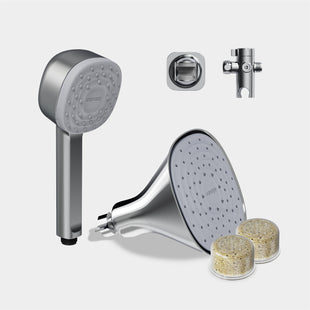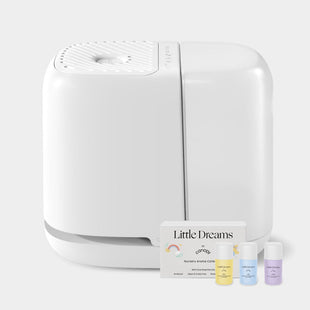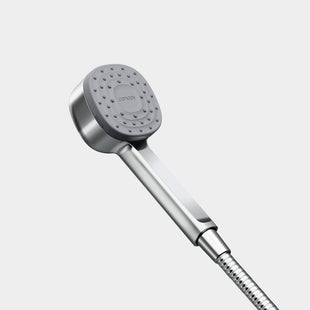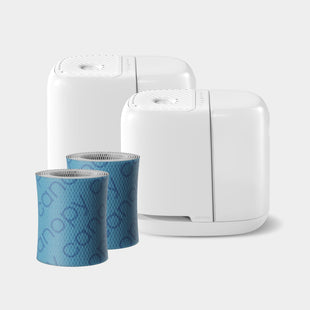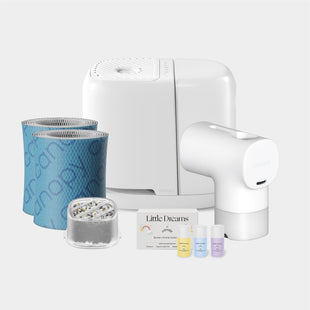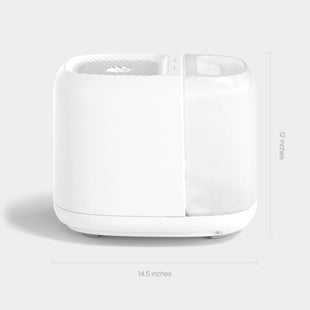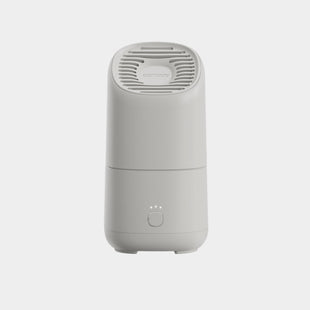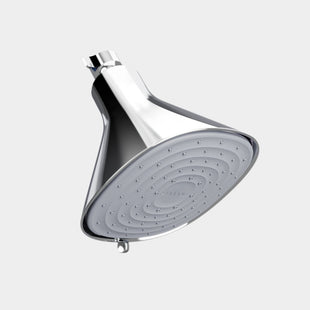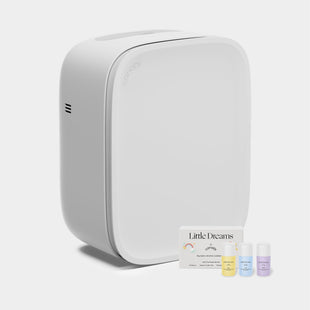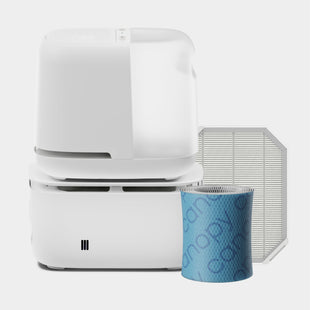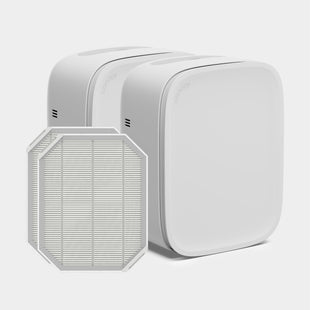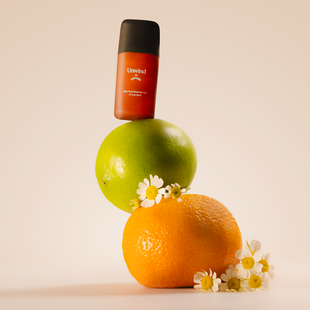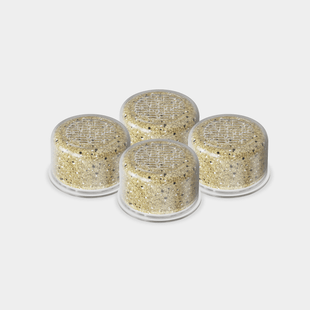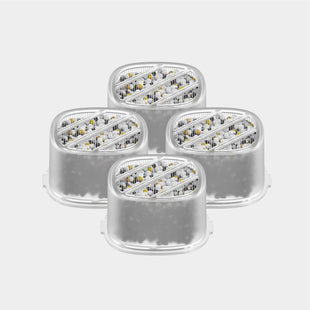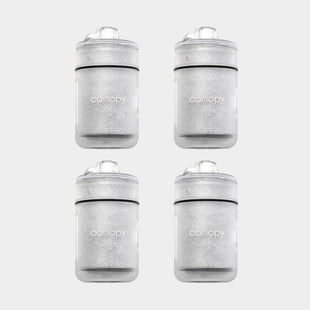Your habits change each season, so your skincare routine should also change. You spend more time indoors during winter to escape the cold, dry air. Cranking the furnace increases comfort and has a drying effect on your skin. You switch to thicker moisturizers and run a humidifier to keep the tissue hydrated in arid conditions.
The arrival of spring brings with it a combination of other skin-related challenges, thanks to frequent fluctuations in temperature and humidity. The following guide explains how warm weather, increasing humidity levels, and additional factors affect your skin and provides spring skincare tips to avoid irritation and other issues.
How Spring Affects Skin
Breakouts & Sunburns
Spring represents a time of renewal, as warm weather and rainstorms prompt new growth. After a long winter, people are eager to relax, exercise, do yard work, and enjoy other outdoor activities in the mild, comfortable temperatures and fresh air.
Soaking in the sun exposes skin to ultraviolet rays, which can cause dark spots and painful sunburns. Ultraviolet light affects the skin’s elasticity, too, which could trigger the formation of fine lines and wrinkles.
Unfortunately, the rise in humidity and working up a sweat in the sunny weather can cause the body to produce more sebum—the excess oil clogs pores, leading to breakouts.
Allergy Flare-Ups

Spring can be unkind to allergy sufferers, especially those sensitive to pollen. Trees and other plants pollinate in spring, and the powdery substance becomes airborne in windy weather.
Contact with pollen can trigger hay fever. It’s hard to resist the urge to rub itchy, watery eyes and blow the nose to relieve nasal congestion. Germs on your hands could transfer to the face, which increases the risk of breakouts. Getting pollen directly on your skin could cause swelling, hives, and rashes to develop, too.
The immune system interprets pollen as a threat and releases histamine to attack the invader. The chemical can also cause skin inflammation, itchiness, and dryness.
How to Care for Your Skin This Spring
Use Lightweight Products & SPF
To avoid pesky pimples, incorporate a water-based gel, oil-free lotion, or another lightweight moisturizer into your spring skincare routine. The solutions provide much-needed hydration but don’t contribute to pore-clogging oil buildup.
If you have spring skin allergies, switch to a fragrance-free, natural moisturizer, as harsh chemicals could further irritate the tissue. To protect your skin from damaging UV rays, don’t go outside without sunscreen (with an SPF of 30 or higher) on your face and other exposed areas.
Bathe More Often
Even after the switch to a lightweight moisturizer, it’s still a good idea to cleanse at least twice a day to wash away the excess oil that naturally accumulates on your skin once the weather gets warmer. Bathing as soon as you come indoors will wash away pollen and other allergens clinging to your skin. Wash bedding and clothing and vacuum regularly to keep pollen out of your home.
Talk to Your Doctor
Your doctor can recommend over-the-counter antihistamines or prescribe medication and additional treatments for allergy relief.
Keep An Eye on Indoor Humidity Levels
Running a humidifier can hydrate dry skin in spring caused by allergies and keep indoor allergens at bay. Temperatures also fluctuate during spring, so you might occasionally turn on the furnace or heat. Humidification combats dryness caused by the heating system.
Canopy’s original humidifier is the key to keeping rooms up to 500 square feet hydrated, making it the perfect addition to your bedroom or home office. The larger Humidifier Plus is designed to hydrate up to 1,000 square feet of space for healthier, calmer skin this spring and better control of the humidity levels in your home throughout the year.

